BFTP: Stone Soup: A Classroom Parable
 Saturday, September 10, 2011 at 09:01AM
Saturday, September 10, 2011 at 09:01AM This BFTP is not a previous blog entry, but a short thought-piece I wrote about 15 years ago. The comments left on Larry Cuban's blog in response to his reposting of my Teacher's Technology Manifesto brought it to mind.
While the technology gizmos, resources and uses have come and gone over the 20 or so years I've been actively involved in technology use in schools, there has been one constant: no single technology use philosophy or implementation has been universally accepted by educators. Technology engenders controversy.
I believe there is a simple reason for this. One of the old Greek philosophers (Aristotle, I think) observed that technology is the amplification of human abilities. For example, the knife amplifies the arm and fingernail; the telescope amplifies the eye; the computer the computational skill of the brain.
So too does technology use amplify the underlying beliefs about teaching and learning. If education is about developing creativity, the computer increases the ability for students to design and produce original work. If education is about performing to specific skill standards and asking students to demonstrate learning through testing, technology can produce mountains of data.
When we disagree about how technology is used in schools, it may well be work remembering that the real disagreement is not about the machines and wires and lines of code, but about what education itself ought be about.
Stone Soup: A Classroom Parable
MultiMedia Schools, Nov/Dec 1996
When Ms. Eastman returned to school one fall she found a large boulder had appeared in the middle of her classroom. It was about the size of washing machine, gray with silver glints, and could neither be ignored nor moved.
“I think you’ll just have to make the best of it,” the principal advised, unable to explain how or why it came to be there. “I think the Board may have wanted it, and the budget just won’t support hiring a professional rock mover,” he said in a single breath, and resumed his telephone conversation with the parent of child who had just eaten a wall-mounted pencil sharpener.
***
When Ms. Eastman’s students returned, they immediately pounced on the rock.
“Hey, it’s like the one in my backyard.”
“Check it out. It’s a throne.”
“Nah, a bomber.”
“It’s perfect for my desk!”
“Where did it come from, why is it here, who gets to sit at it, why can’t we all have one?”
Ms. Eastman asked the class to get to work, and as they opened their textbooks and began to quietly read, she distributed worksheets.
***
The rock proved to be an annoyance. It was right in the middle of the room. It made creating a seating chart difficult. It was too far from the front of the room to be used as a stand for the overhead projector, and the irregularity of its surface made it a poor desk or surface on which to affix papers. On occasion, when a student had done exceptionally well, Ms. Eastman allowed that person to “Read on the Rock.” But for the first quarter, the entire class just worked around the boulder.
Late one November afternoon, Ms. Eastman overheard two students engaged in a heated argument over the composition of the stone. “Settle this intelligently,” she admonished. “Both of you, go to the library, do your research, and come back and report to the class.” In less than half an hour, two excited children returned. “It’s definitely basalt with quartz flecks. Hey, do know where this came from? A volcano…” The class listened intently as the pair shared their findings about the rock.
***
Over her second margarita that evening, Ms. Eastman reflected on that afternoon’s class, and decided it had gone particularly well. The kids were enthusiastic and attentive. One of the two children who did the research on the rock performed at higher level and showed more interest in school than Ms. Eastman thought possible. She began to see the rock’s glitter in a new light.
The next Monday morning, Ms. Eastman read the class the myth of Sisyphus, and asked the students to use questions raised during the discussion as the basis of their journal writing. Over the next week or so, articles related to rocks keep popping up in magazines and newspapers. Ms. Eastman used these as springboards for lessons in math and science and history. Soon students were finding and sharing information they themselves had found about rocks in their reading and viewing.
Just before turning off the classroom lights one evening, Ms. Eastman caught a glimpse of white near the base of the stone. It was a note left in a crevice of the rock. When asked, the class sheepishly admitted the rock was serving as a classroom post office. “Are these the same kids I can’t get to put two cogent words together in their journals?” wondered Ms. Eastman. She struck a deal with the class: they could continue to write their letters as long as they revised one letter each week. That letter would be read for grammar and spelling, and could be shared with the rest of the class.
***
As the year progressed, many activities began to center around the rock. Parts of the rock easily broke away into pebble size pieces and the class began a business selling “Stone Soup Starters.” In the processes, students applied math, designed advertisements, and worried about ethics. At various times the rock was the setting for plays about the Pilgrims and pioneers on the Oregon trail. Science class divided into small groups which used the rock to demonstrate principles of acids and bases, friction, gravity, and sundials. One morning a small wooden door appeared firmly attached to the base the rock, which one student adamantly declared was a passage to Van Allsburg Land. Van Allsburg Land soon had a language with its own syntax, a codified set of laws, and even its own culture - all which in some strange way reflected the world the class lived in and was trying hard to understand.
***
One day in early May the principal called Ms Eastman to his office. “Do you have the correct code to the photocopier?” he asked. Ms. Eastman looked puzzled. “You have made almost no photocopies since October. We need these numbers to satisfy the central office, you realize.” He was right, Ms. Eastman mused. She hadn’t used many worksheets, she’d used only pieces of her text book, and had not shown a videotape from beginning to end since November. Her grade book had only a few entries, but each of her students had a pizza box crammed with exemplary reports, graphs, drawings, and models she had asked them to collect since the last parent teacher conference.
She reflected her class this year must have just been made up of exceptional children, just the right chemistry. They cooperated, they were genuinely interested in school, they held good discussions, and they were conscientious about the quality of their work. They seemed to be reading more newspapers and magazines, came back from the library with more materials and fewer complaints from the librarian, and could apply math principles more quickly and accurately to every day problems than previous years’ classes. Ms. Eastman was still in happy amazement as her graduate classes started in June.
***
When Ms. Eastman returned to her classroom the following fall she found a computer had appeared in the middle of her classroom…
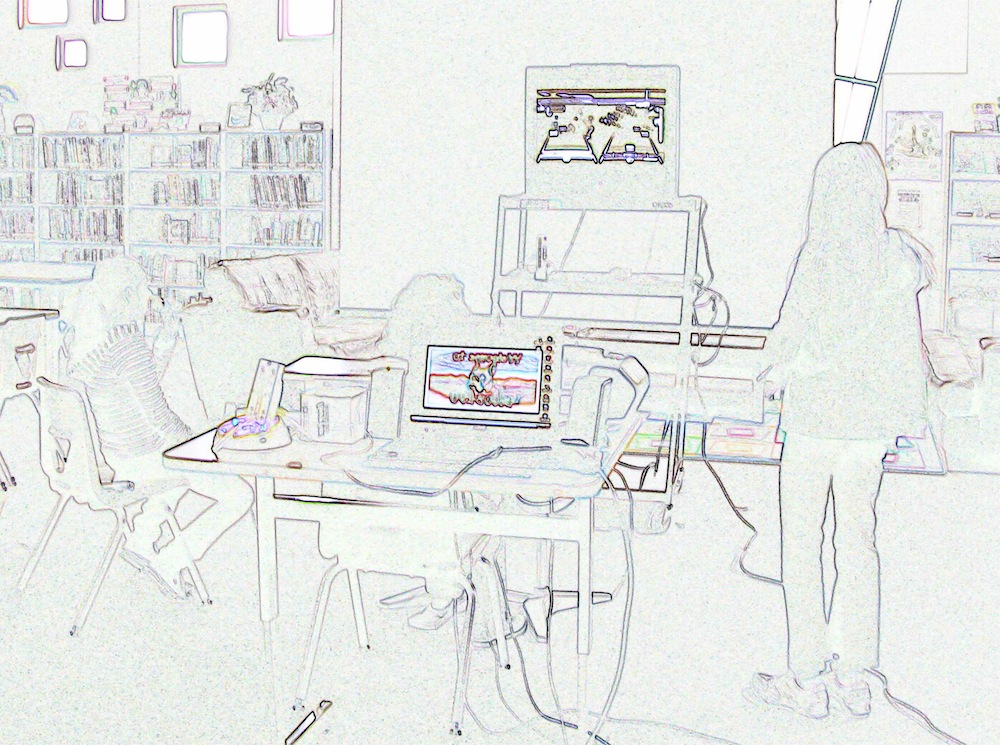


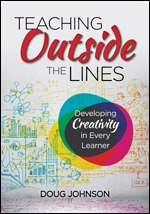
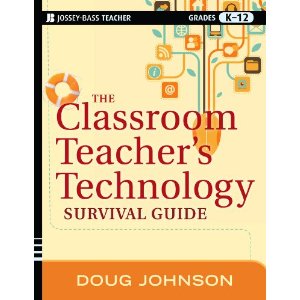
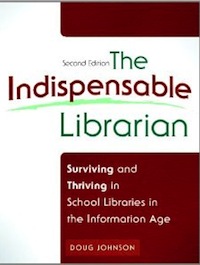
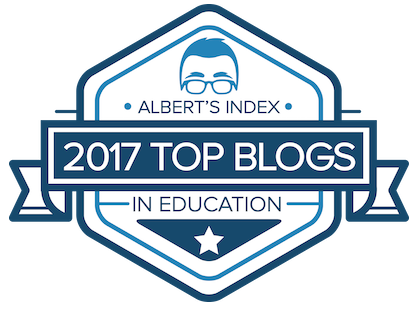



Reader Comments (2)
Hello,
You make an interested point, especially in how technology is amplifying our philosophical debate. It reminds me of the Scott Mcleod line about not blaming the technology for the actions of the user when we ban cell phones in class to protect children.
I like the RAT framework (http://jimhatten.com/edhd5007/wp-content/uploads/2010/09/RAT_overview.pdf) for thinking about technology use and think that the disconnect that exists between the world at large, (where there is a lot of transformation), and the world in school, (where there is a lot of replacement and amplification), is as much a problem as the debate over educational philosophies. Maybe this is part of the same debate, but while the rest of the world technology transforms the world in meaningful and significant ways, school uses technology to help it do more of the same.
Hi Chris,
I'd not seen this RAT model before (despite being from MN). It's similar, I think, to the Automate/Informate dicotomy of Zuboff many moons ago.
Thanks much for the comment and the link,
Doug